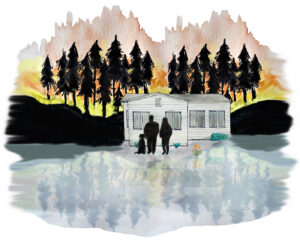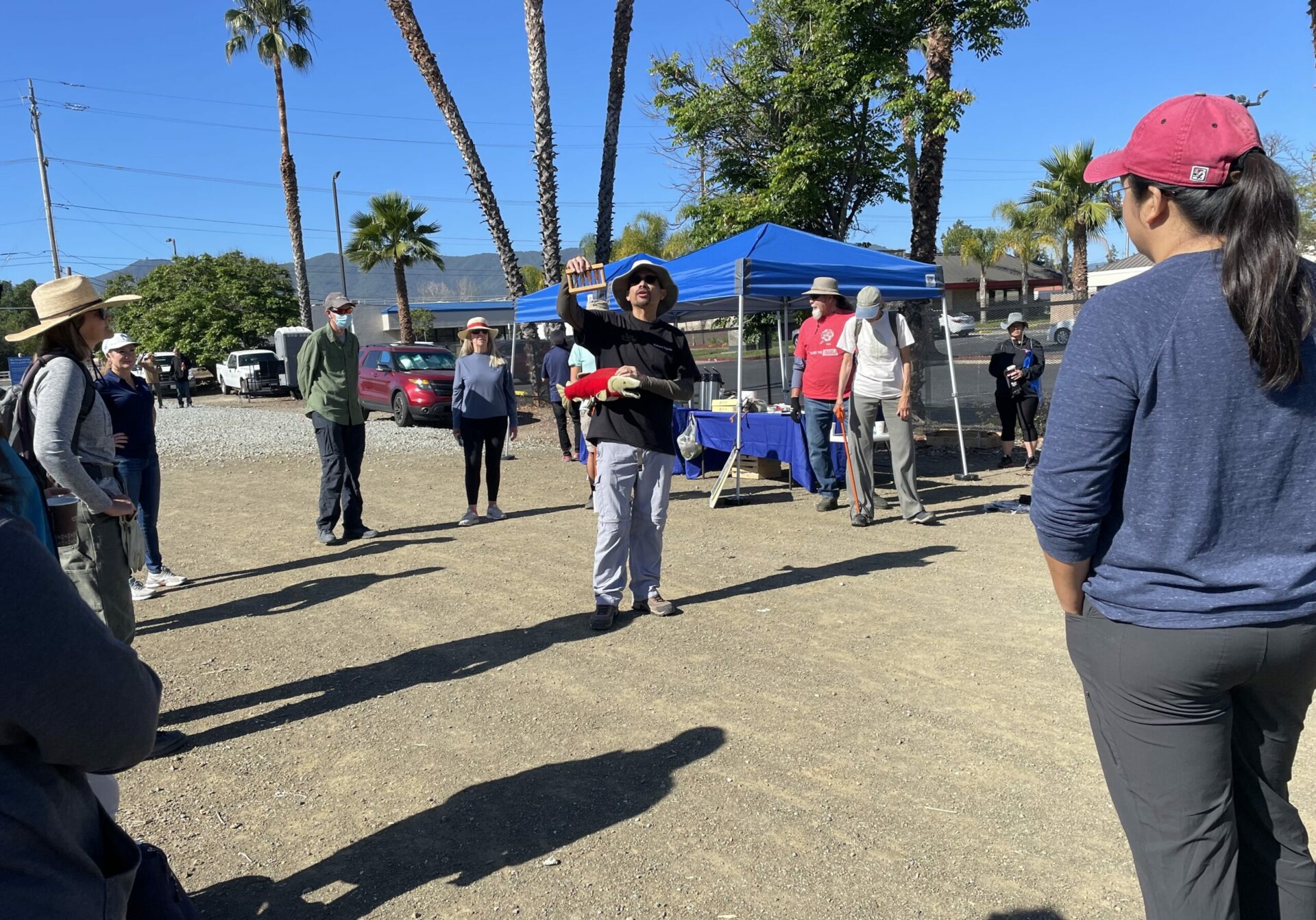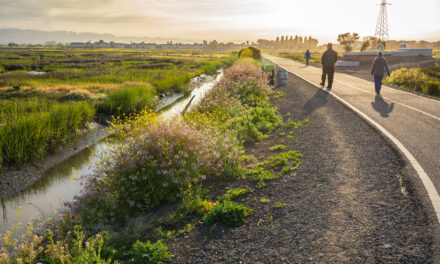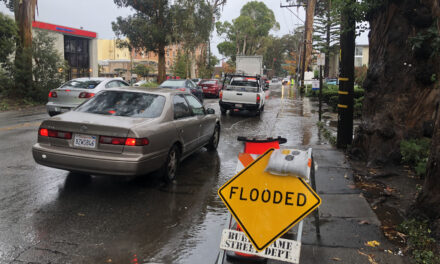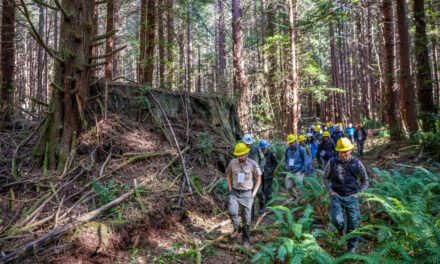Refreshing Santa Clara County Rivers
More than 500 volunteers with trash pickers in hand scoured 36 miles of Santa Clara County riverbanks on May 21, collecting over 25,000 pounds of trash for National River Cleanup Day.
The annual event, put on locally by Valley Water and Creek Connections Action Group, was first started in 1991 by American Rivers. The event focuses on protecting rivers, watersheds and ecosystems from trash and litter. Since 2007, the local event has resulted in almost 475,000 pounds of trash collected from sites across Santa Clara County. Nationally, 32 million.pounds have been removed from American waterways in the last three decades.
“It was one of the first times in two years, since the start of the COVID-19 pandemic, when we actually had organized group cleanups for National River Cleanup Day,” says Nick Ingram, a representative from Valley Water.
At one cleanup site, Valley Water partnered with Saved by Nature and Opening Doors 2020 to provide hot meals and hygiene kits to the unhoused people in the area.
“Some of the unhoused that were there joined our cleanup efforts,” Ingram says. “They grabbed gloves, trash pickers and a bag and joined the volunteers. Everyone had a great time.”
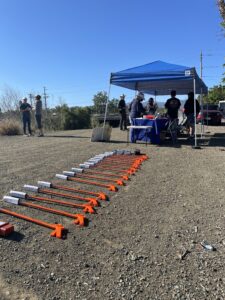
While the results of these trash cleanups leave rivers looking pristine, they also result in several expected — and unexpected — environmental benefits.
“Once a piece of trash enters a storm drain or stream it may continue downstream and affect many other water bodies (creeks, streams, rivers, lakes, estuaries, bays, ocean…),” according to a fact sheet released by the State Water Resources Control Board.
Cleaning up trash, especially around waterways, can help protect ecosystems that rely on that water source. Debris in rivers and creeks that flow into San Francisco Bay can entangle wildlife, disrupt migration patterns and even release harmful chemicals.
Other Recent Posts
Slow Progress on Shade For California’s Hottest Desert Towns
Coachella Valley communities face record temperatures with little shade. Policy changes lag as local groups push for heat equity.
In Uncertain Times, the Port of Oakland Goes Electric
A $322M grant powers Oakland’s port electrification — cleaning air, cutting emissions, and investing in community justice.
Testing Adaptation Limits: Mariposa Trails, Marin Roads & San Francisco Greenspace
In KneeDeep’s new column, The Practice, we daylight how designers, engineers and planners are helping communities adapt to a changing climate.
ReaderBoard
Once a month we share reader announcements: jobs, events, reports, and more.
Boxes of Mud Could Tell a Hopeful Sediment Story
Scientists are testing whether dredged sediment placed in nearby shallows can help our wetlands keep pace with rising seas. Tiny tracers may reveal the answer.
“I Invite Everyone To Be a Scientist”
Plant tissue culture can help endangered species adapt to climate change. Amateur plant biologist Jasmine Neal’s community lab could make this tech more accessible.
How To Explain Extreme Weather Without the Fear Factor
Fear-based messaging about extreme weather can backfire. Here are some simple metaphors to explain climate change.
Live Near a Tiny Library? Join Our Citizen Marketing Campaign
KneeDeep asks readers to place paper zines in tiny street libraries to help us reach new folks.
Join KneeDeep Times for Lightning Talks with 8 Local Reporters at SF Climate Week
Lightning Talks with 8 Reporters for SF Climate Week
Staying Wise About Fire – 5 Years Post-CZU
As insurance companies pull out and wildfire seasons intensify, Santa Cruz County residents navigate the complexities of staying fire-ready.
Decomposing wastes and plastics also contribute to greenhouse gasses and thus climate change. Experts say disposing of your waste properly, recycling when applicable, and reducing your single use plastic waste can all help reduce the impact on the environment.
“Keeping litter off our streets and public areas will ultimately help keep it out of our waterways, and reduce the trash we need to pick up during these events,” says Ingram.
Tools of the trash pick up trade allow volunteers to keep refuse at arm’s length. Photo: Valley Water.




